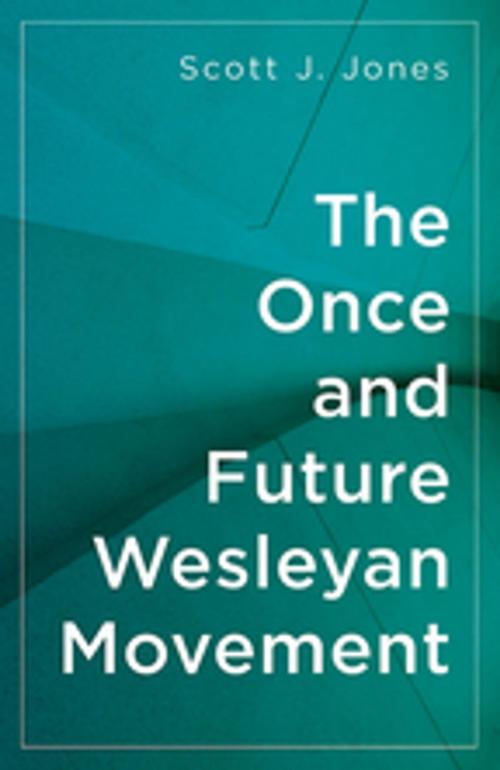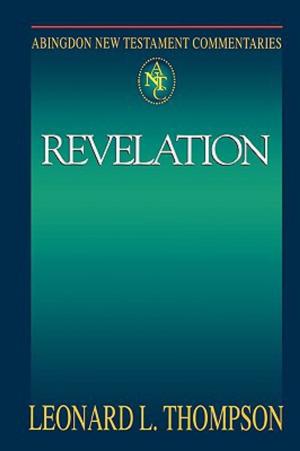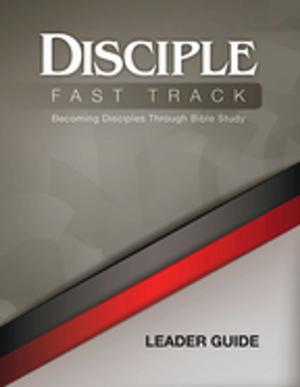The Once and Future Wesleyan Movement
Nonfiction, Religion & Spirituality, Christianity, Denominations, Methodism| Author: | Scott J. Jones | ISBN: | 9781501826917 |
| Publisher: | Abingdon Press | Publication: | November 15, 2016 |
| Imprint: | Abingdon Press | Language: | English |
| Author: | Scott J. Jones |
| ISBN: | 9781501826917 |
| Publisher: | Abingdon Press |
| Publication: | November 15, 2016 |
| Imprint: | Abingdon Press |
| Language: | English |
Jones argues that several unique factors remain available to The United Methodist Church today from the period of rapid growth between 1800 and 1840. Drawing on the image of Loren Mead’s Once and Future Church and Moises Naim’s analysis in The End of Power, Jones argues that a viable future for United Methodism is to recapture the dynamism of being a movement, with many of the characteristics of early 19th century Methodism coming to the fore. It will draw on three key works about Methodism in the first half of the 19th century: Nathan Hatch’s Democratization of American Christianity, John Wigger’s Taking Heaven by Storm, and Gregory Schneider’s The Way of the Cross Leads Home.
The book talks about how the Wesleyan form of church contains important resources for the future of Christianity. It focuses on the United States and the first half is broadly applicable to all denominations in the Wesleyan tradition. The last half of the book discusses obstacles that are currently preventing the United Methodist Church from achieving its potential. It closes with a hopeful vision of what a renewed United Methodism might look like.
Jones argues that several unique factors remain available to The United Methodist Church today from the period of rapid growth between 1800 and 1840. Drawing on the image of Loren Mead’s Once and Future Church and Moises Naim’s analysis in The End of Power, Jones argues that a viable future for United Methodism is to recapture the dynamism of being a movement, with many of the characteristics of early 19th century Methodism coming to the fore. It will draw on three key works about Methodism in the first half of the 19th century: Nathan Hatch’s Democratization of American Christianity, John Wigger’s Taking Heaven by Storm, and Gregory Schneider’s The Way of the Cross Leads Home.
The book talks about how the Wesleyan form of church contains important resources for the future of Christianity. It focuses on the United States and the first half is broadly applicable to all denominations in the Wesleyan tradition. The last half of the book discusses obstacles that are currently preventing the United Methodist Church from achieving its potential. It closes with a hopeful vision of what a renewed United Methodism might look like.















